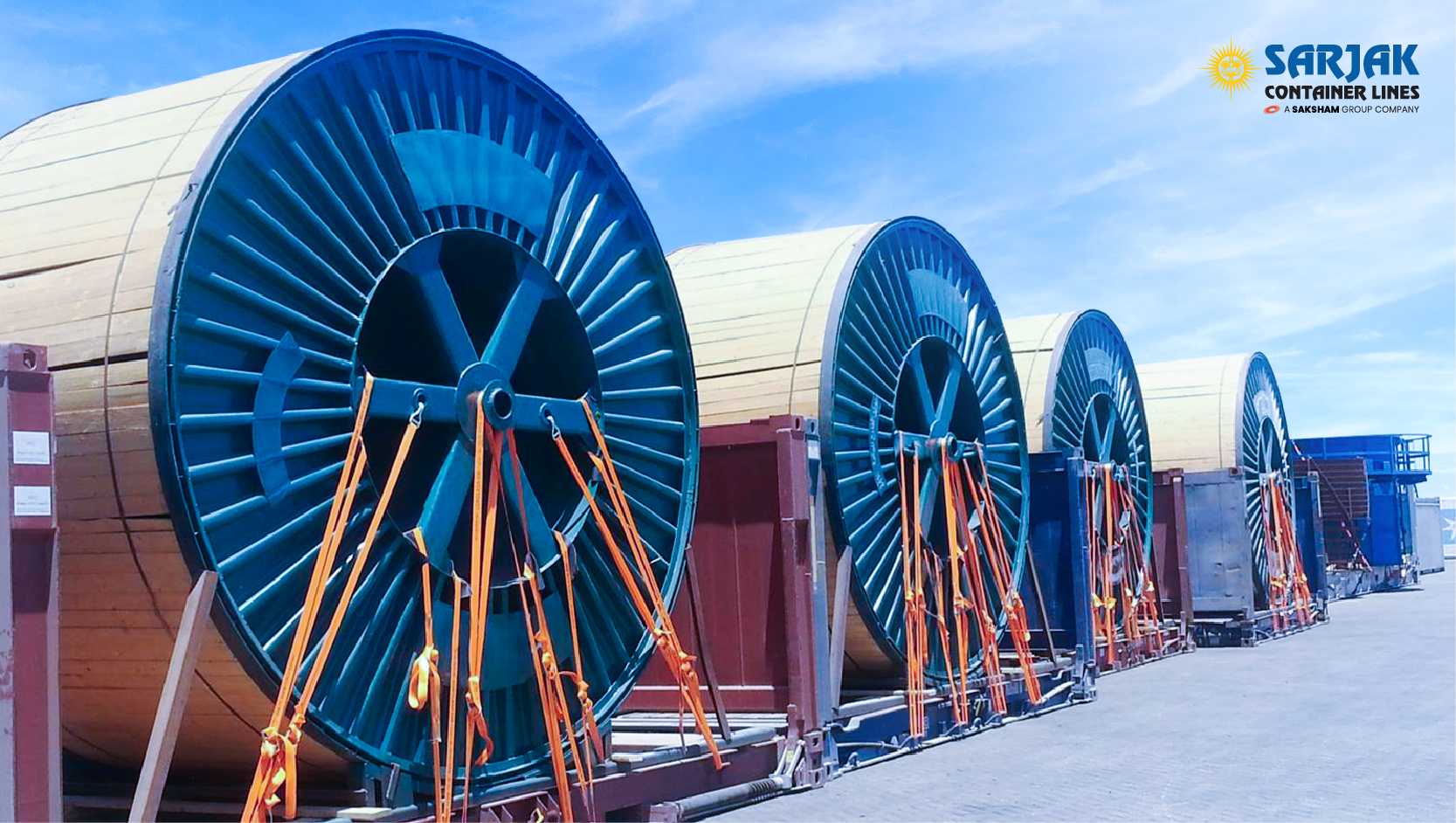In the ever-evolving landscape of global trade and transportation, the demand for specialised logistics solutions has grown exponentially. Among the most critical components of this landscape are breakbulk shipping services, which serve as pivotal mechanisms for managing the transportation of goods that cannot be contained within standard shipping containers. This blog explores the intricacies of breakbulk shipping, highlighting the custom solutions essential for navigating the complexities of modern supply chains.
Understanding Breakbulk Cargo
Breakbulk cargo refers to goods transported in a loose form rather than in standardised containers. This category includes heavy machinery, industrial equipment, oversized items, and raw materials, all characterised by their size, weight, and unique handling requirements. The handling of such cargo presents distinct challenges, requiring a tailored approach to logistics management.
The term breakbulk shipping comes from the older phrase “breaking bulk,” which refers to unloading a portion of the cargo on a ship or the start of the unloading process. Breakbulk items are loaded individually or in small quantities, such as in barrels or crates. With breakbulk shipping, deliveries can sometimes be split between multiple destinations. Items of extreme length or size that are lashed directly onto the deck of a ship, a RoRo (roll-on/roll-off) vessel, or a flat rack container also fall under the standard breakbulk category, sometimes referred to as OOG (out of gauge) cargo shipping.
The Difference Between Bulk and Breakbulk Shipping
Bulk shipping and breakbulk shipping both refer to shipping large quantities of items without using intermodal ISO shipping containers. However, bulk shipping refers to cargo loaded directly into the transport vessel in loose form. For example, liquid bulk shipping involves items like crude oil or fresh water shipped in specially designed tankers, while dry bulk shipping includes commodities like sugar or grain transported directly in the hold of a ship.
In contrast, breakbulk shipping refers to cargo that is loaded and transported individually, often on a skid, pallet, or in a crate. This distinction is crucial for understanding the logistics and handling requirements associated with each shipping method.

The History of Breakbulk Shipping
In the earliest days of shipping, cargo was primarily transported as breakbulk. Goods were loaded and offloaded one at a time, with crew members assisting in the process. Ships’ holds were divided into sections, and goods were placed in designated areas, ensuring a specific system for loading and unloading.
However, by the late 1960s, more efficient methods and secure shipping containers became the preferred method of shipping. Today, breakbulk is most often reserved for cargo that is too heavy or large to fit in a standard container.
Benefits of Breakbulk Shipping
There are many reasons why breakbulk shipping is preferred over other options:
- No Need for Disassembly: Oversized cargo does not need to be broken down into smaller shipments, which saves time and reduces complexity.
- Port Compatibility: Most ports worldwide are equipped to handle breakbulk shipping, even if they have not modernized enough to load and offload containers.
- Direct Shipping: Companies manufacturing large machinery, such as turbines and construction equipment, can ship their goods globally without the need for reassembly at the destination.
- Simplified Documentation: Breakbulk shipments typically require only one bill of lading, simplifying the paperwork process compared to containerized shipments.
Drawbacks of Breakbulk Shipping
Despite its advantages, breakbulk shipping has some drawbacks:
- Higher Costs: Shipping large cargo often takes up more space, leading to higher shipping costs.
- Special Handling Requirements: Breakbulk items may have special stowage and lashing requirements that necessitate thorough feasibility studies and preparation.
- Terminal Charges: Costs can vary significantly based on delivery timing and the availability of terminal operators to unload and discharge cargo.

Sarjak Container Lines: Your Trusted Partner
At Sarjak Container Lines, we understand the complexities of breakbulk shipping. Our multi-purpose vessel, the SCL Mercury, is designed to handle various cargo types while ensuring the highest standards of safety and timely delivery. We focus on meticulous documentation and regulatory compliance, providing our clients with peace of mind throughout the shipping process.
If you are looking for a project logistics expert, who has an experience in this industry for more than two decades, look no further! Contact us at projects@sarjak.com














